Blue-breasted Kingfisher
Birding Gambia.
Though a tiny country, an astounding 550+ species of birds have been recorded.
Birding species Gambia.
The Gambia is situated in the “Sudanian” (or “Guinea savanna”) zone, hosting many species that are endemic or nearly endemic to this environment. Furthermore, the country is just north of the “Guinea-Congo” rainforest, and several rainforest species are found. These species are augmented by species that are widely distributed across Africa and by seasonal palearctic migrants from October to April. To boot, the Gambia is a most pleasant country to visit, endowed with a great climate, friendly people, and good infrastructure. The Gambia is reachable by a short flight from Europe or America.
Some of the “Sudanian” birds found include Beaudouin’s Snake-eagle, Vinaceous Dove, Black-billed Wood-dove, Bearded Barbet, Rose-ringed Parakeet, Senegal Parrot, Violet Turaco, Western Plantain-eater, Yellow-crowned Gonolek, Oriole Warbler, Pygmy Sunbird, Blue-bellied Roller, Abyssinian Roller, Red-throated Bee-eater, Senegal Eremomela, Senegal Thick-knee, Purple Glossy Starling, Bronze-tailed Starling, Long-tailed Glossy Starling, Lavender Waxbill, Black-rumped Waxbill, Double-spurred Francolin, Exclamatory Paradise-whydah, and many more.
Examples of “Guinea-Congo” birds found include Green Turaco, Blue-breasted Kingfisher, Yellowbill (Blue Malkoha), African Pied Hornbill, Little Greenbul, African Blue Flycatcher, Western Bluebill, Ahanta Francolin, Buff-spotted Woodpecker, and Orange-cheeked Waxbill.
Species that are widely distributed across Africa that also occur in The Gambia, as well as the seasonal migrant species, are far too numerous to mention here. Suffice it to say, The Gambia is bursting with birds.
Text continues under the images.
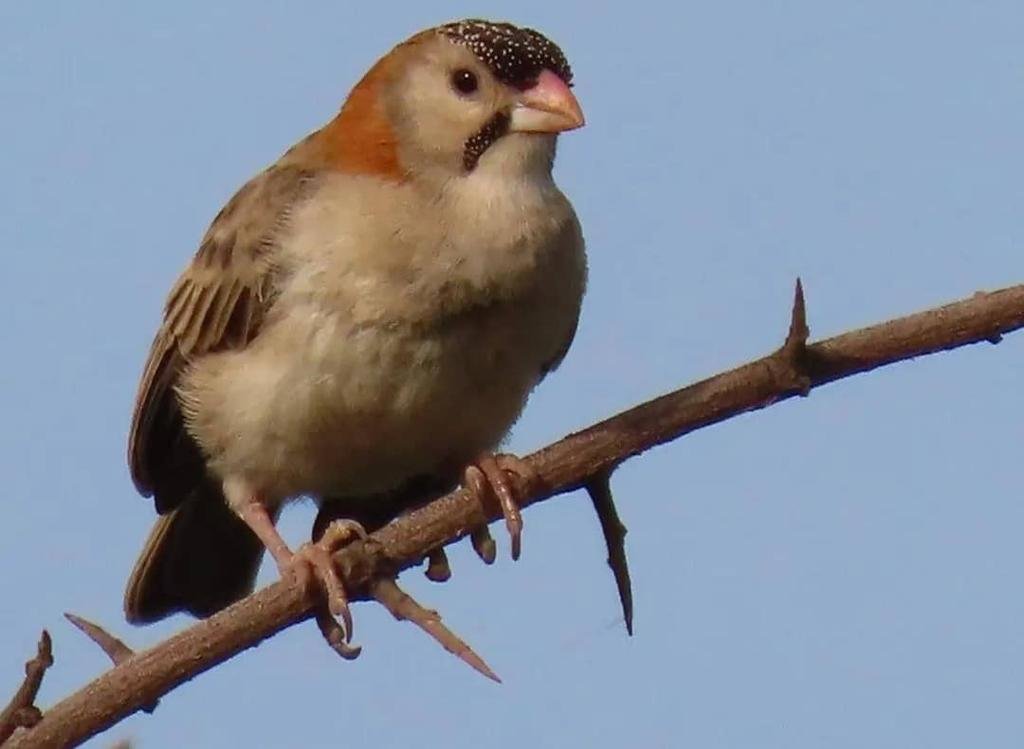
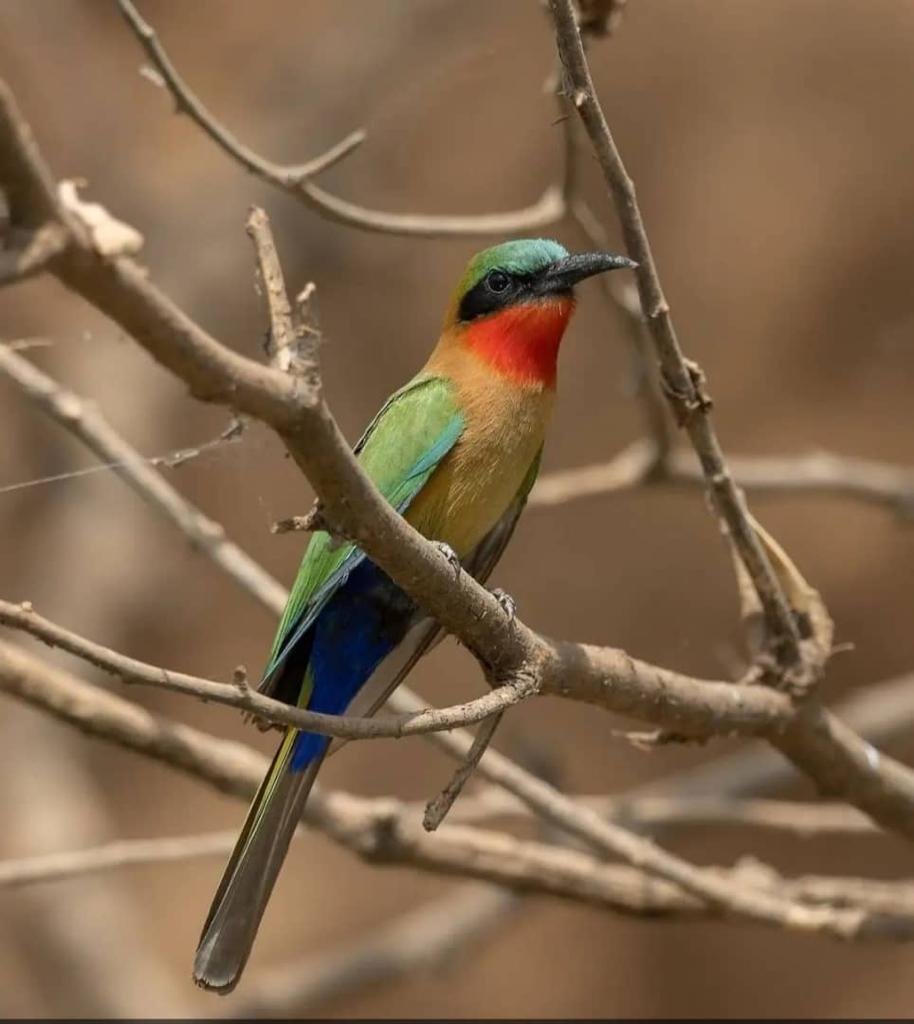
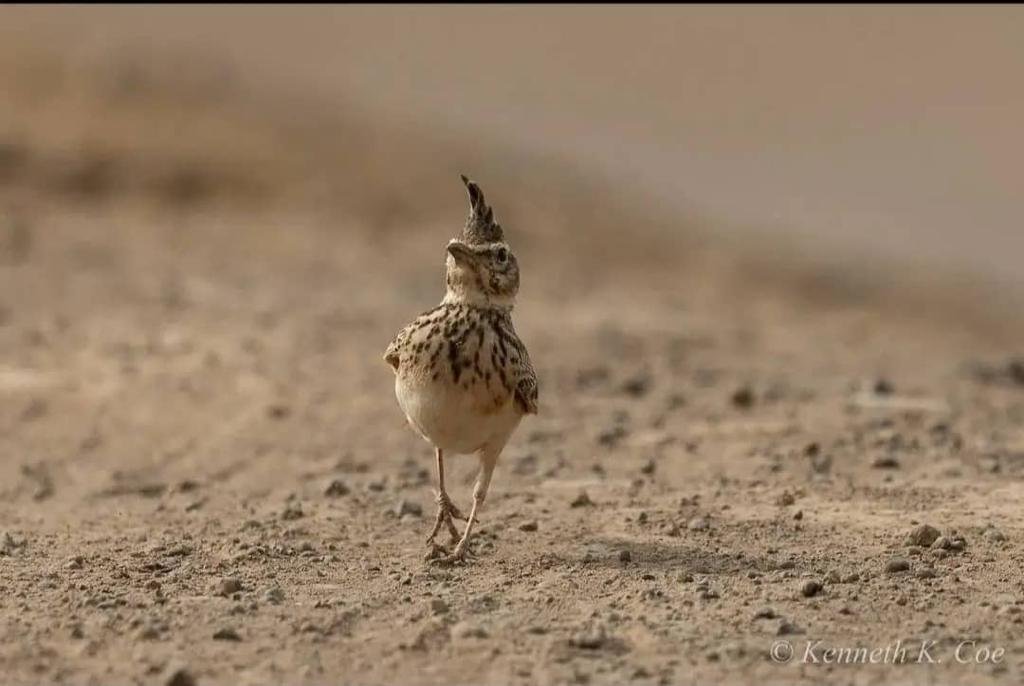
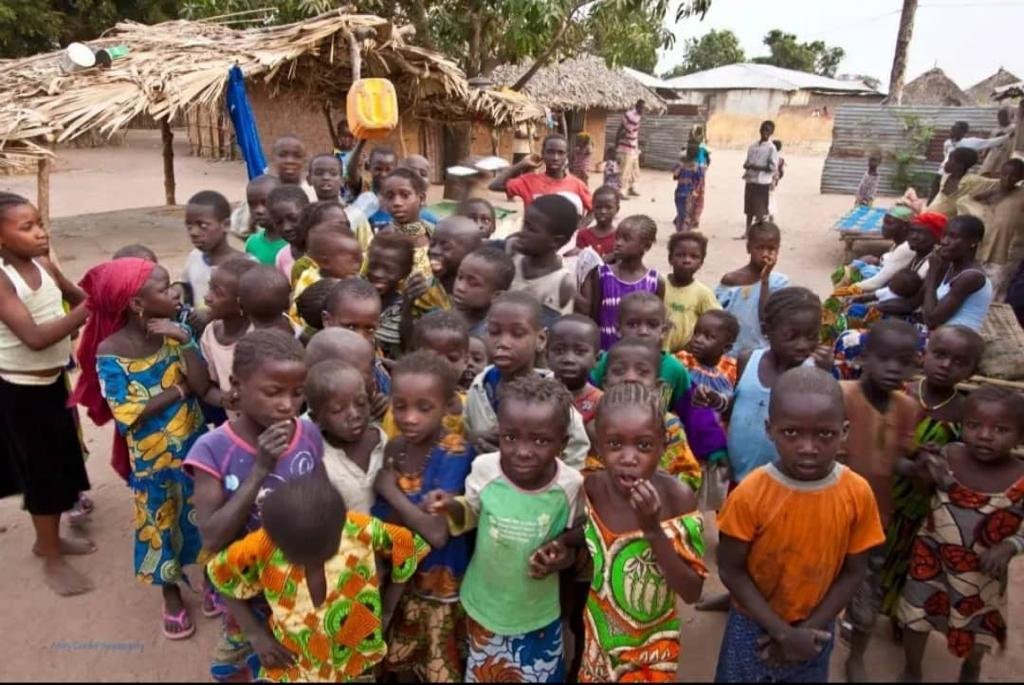
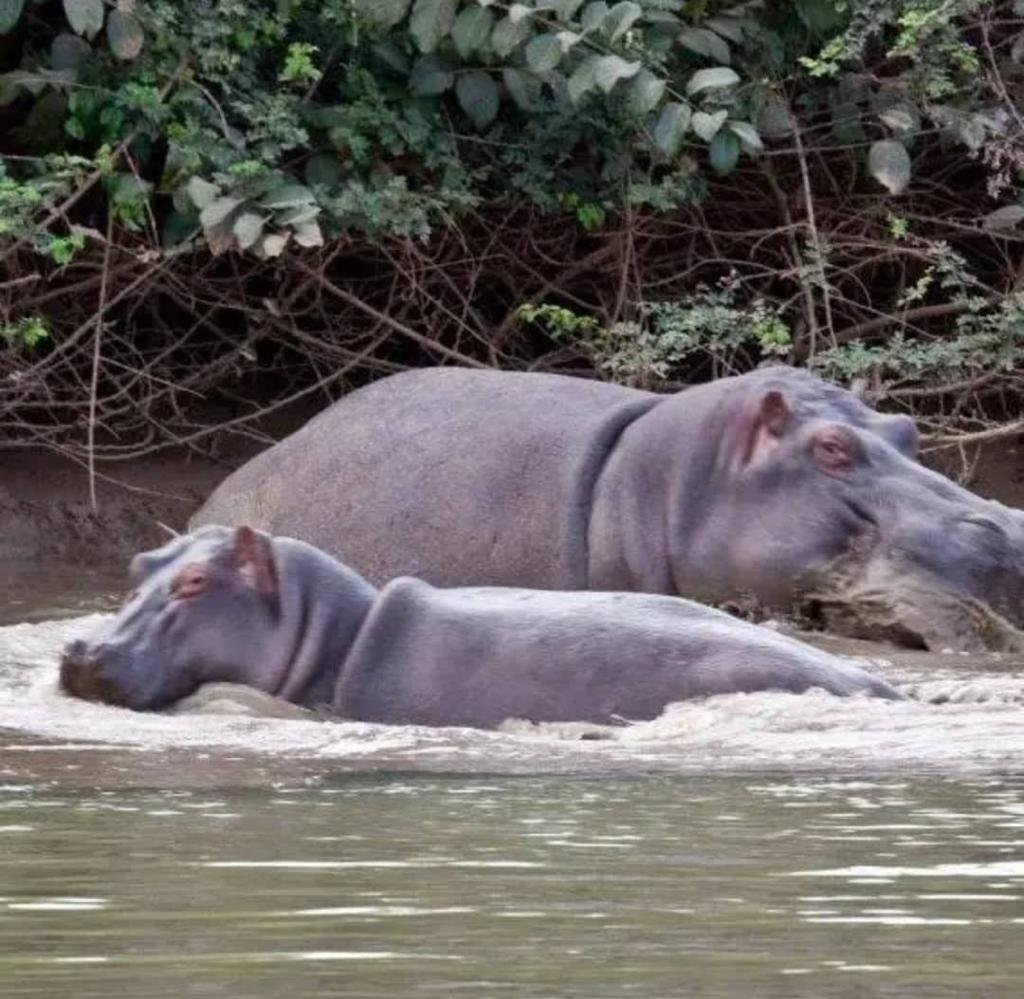
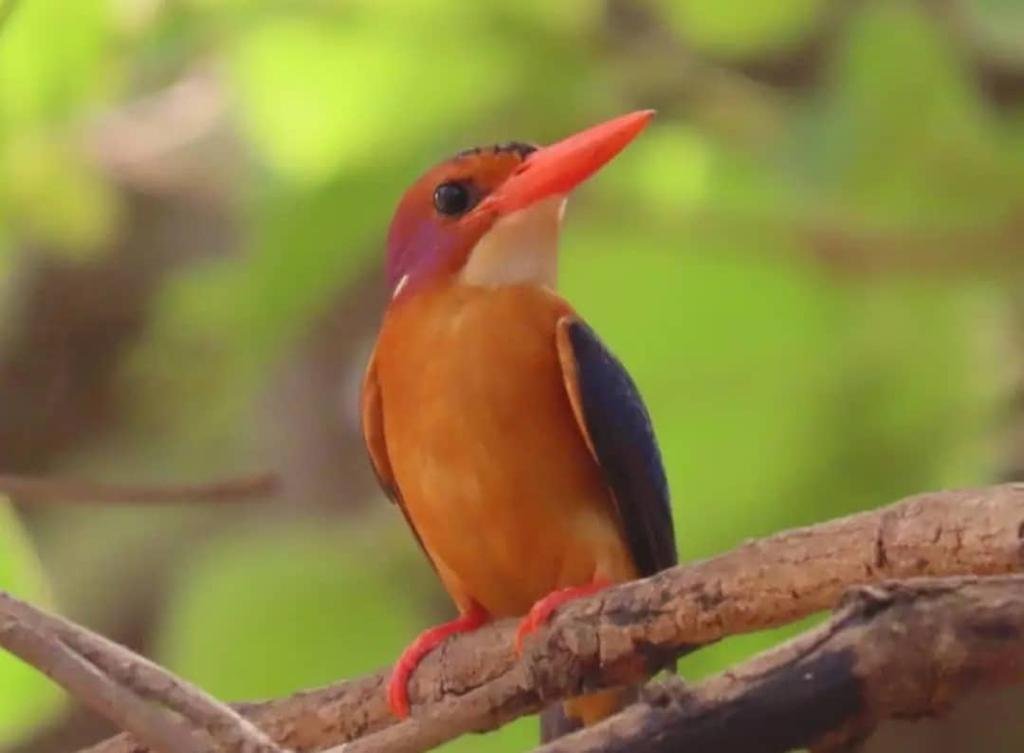
Significant Birding Sites in The Gambia.
The Coastal Area – This area near the capital of Banjul has several excellent birding sites that are conveniently located close to one another.
Abuko Nature Reserve & Lamin Rice Fields.
Abuko was the first Gambian nature reserve to have been declared and is the most visited nature reserve in Gambia due to its convenient location and a wide variety of wildlife. Lamin Rice Fields is a nearby community agriculture area. Among different habitats such as gallery forests, “Sudanian” woodland, dry savanna, ponds, and agricultural fields, more than 200 species of birds have been recorded in these two areas. Highlights include Ahanta Francolin, African Pygmy Kingfisher, African Pied Hornbill, Western Bluebill, Collared Sunbird, Buff-spotted Woodpecker, Yellowbill (Blue Malkoha), Green Turaco, Violet Turaco, African Goshawk, Oriole Warbler, and Little Greenbul.
Brufut Woods and Tanji Bird Reserve.
Brufut is a community woodland reserve protected by the West African Bird study Association (WABSA). The combination of open woodland and forest at Brufut produces, among others, Long-tailed Nightjar, Bearded Barbet, Green Turaco, Violet Turaco, Oriole Warbler, and Rose-ringed Parakeet. Tanjie is a nearby reserve that has a combination of scrub woodland, mangroves, and lagoons set alongside the Atlantic Coast. Four-banded Sandgrouse, Pelicans, Terns, and various waders are some of the species found at Tanji.
Farasuto Community Forest Reserve and Pirang Bonto Forest.
Both Farasuto and Pirang Bonto are protected by the local communities. Farasutou is known for species such as Standard-winged Nightjar, Greyish Eagle-owl, White-backed Night Heron, and Spotted Honeyguide. It is well known for its photographic hide. Pirang Bonto is a slightly denser forest that is good for species such as White-tailed Flufftail, Green Hylia, Green Crombec and Verreaux’s Eagle-owl.
Kartong.
this southern part of The Gambia is the first “port of call” for many palearctic migrant birds and a roosting spot for huge numbers of gulls, terns, waders, and pelicans. A boat trip can be taken along the Alaheim River, the river that divides southern Gambia and southern Senegal. Highlights include Purple Swamphen, Allen's Gallinule, Greater Painted Snipe, White-fronted Plover, Swallow-tailed Bee-eater, Osprey, European Bee-eater, Eurasian Oystercatcher, Slender-billed Gull, Ruddy Turnstone, and Sanderling.
Marakissa, Darsilami Wetland, and Penyem Woods.
This area is very close to the Casamance area of Senegal. Marakissa is a beautiful woodland full of big mahogany trees. It is particularly good for raptors such as Western-banded Snake-eagle, Ovambo Sparrowhawk, and African Harrier Hawk. Darsilmi is a lake/wetland that hosts a variety of snipes, egrets, herons, and waders. Penyem Woods is a combination of open woodland and forest and particularly good for White-breasted Cuckooshrike, Red-shouldered Cuckooshrike, and White-crested Helmetshirke.
Text continues under the images.
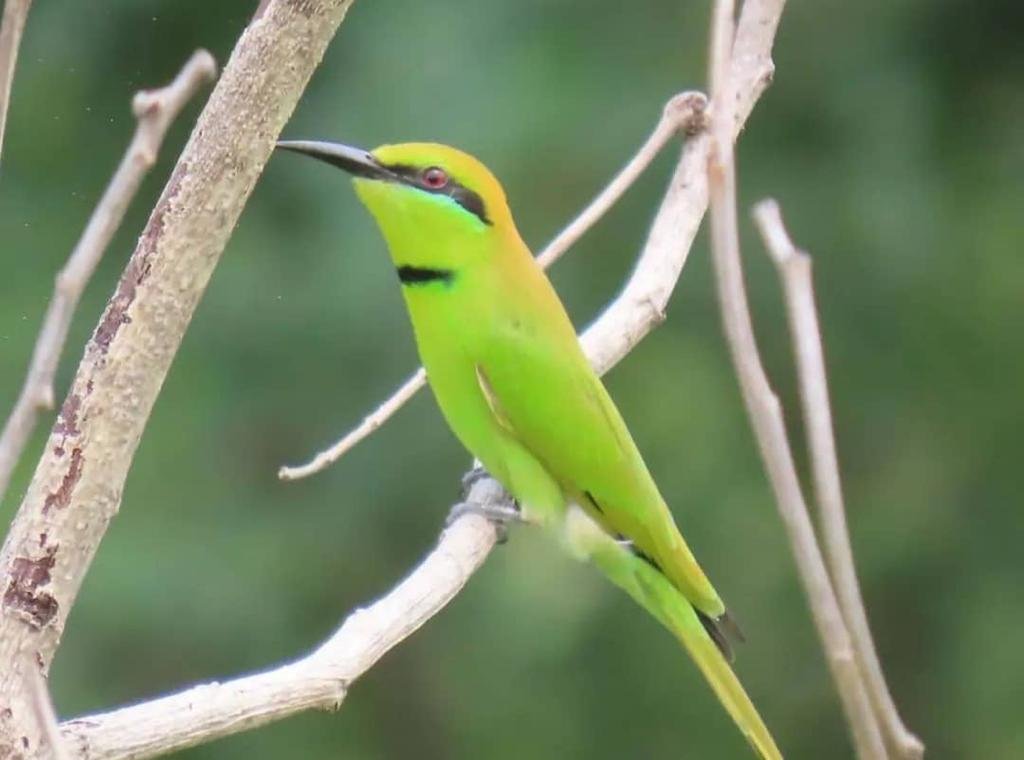
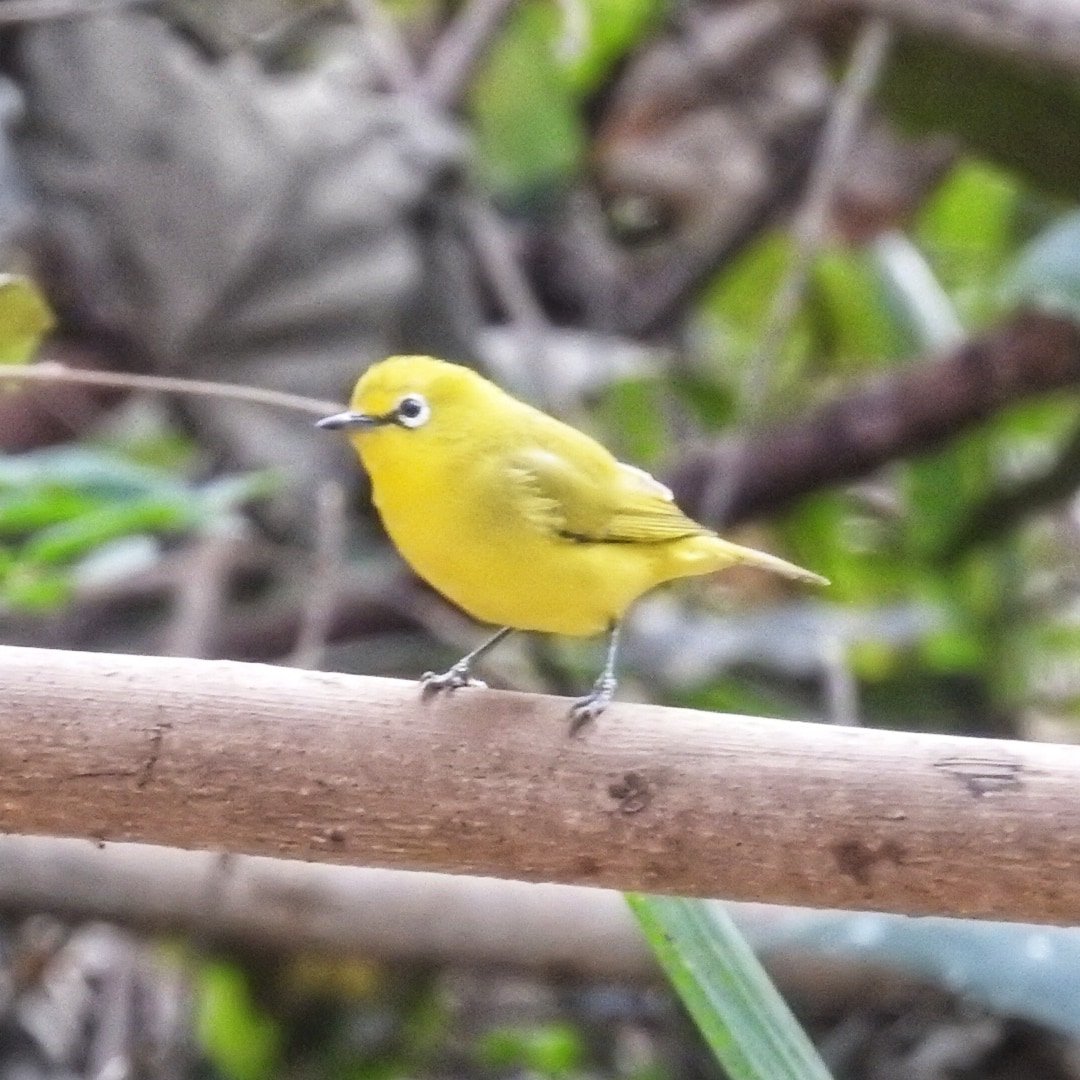
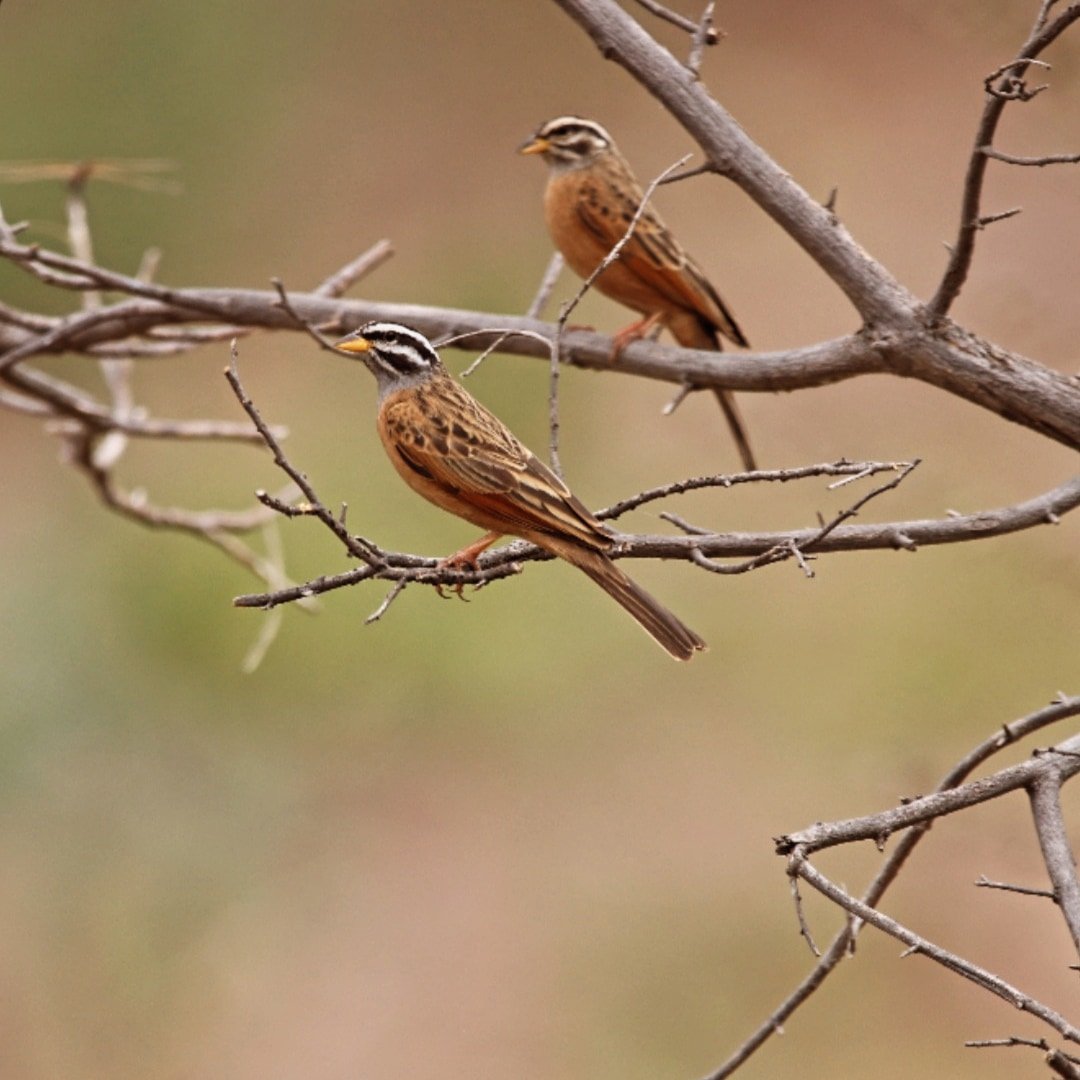
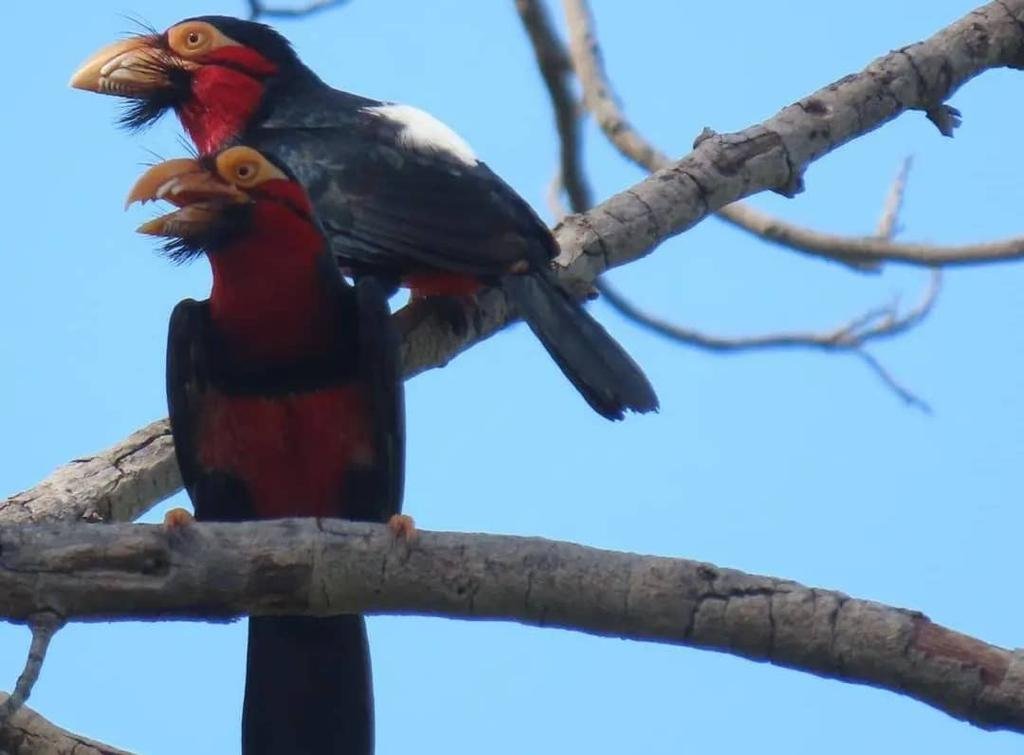
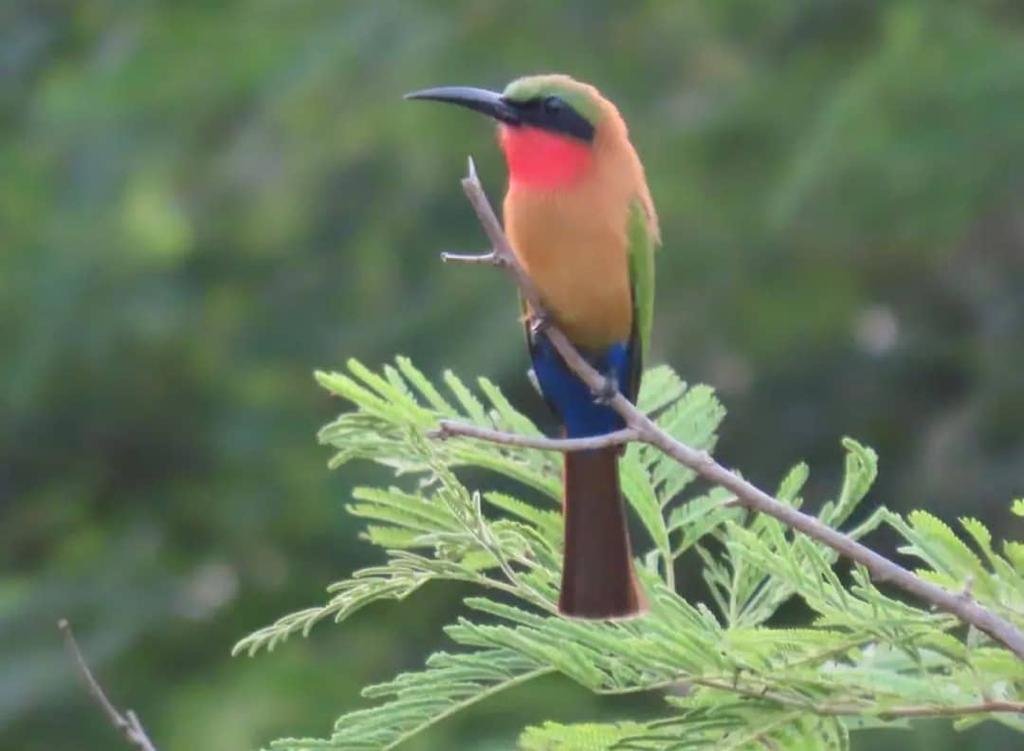
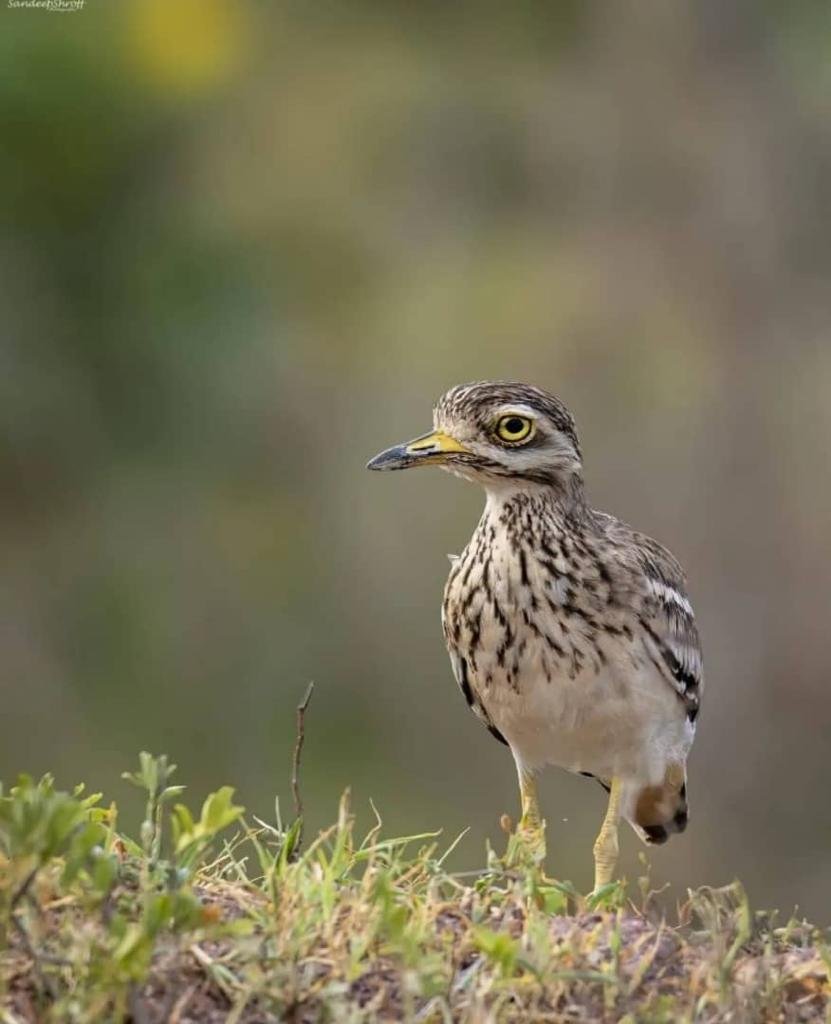
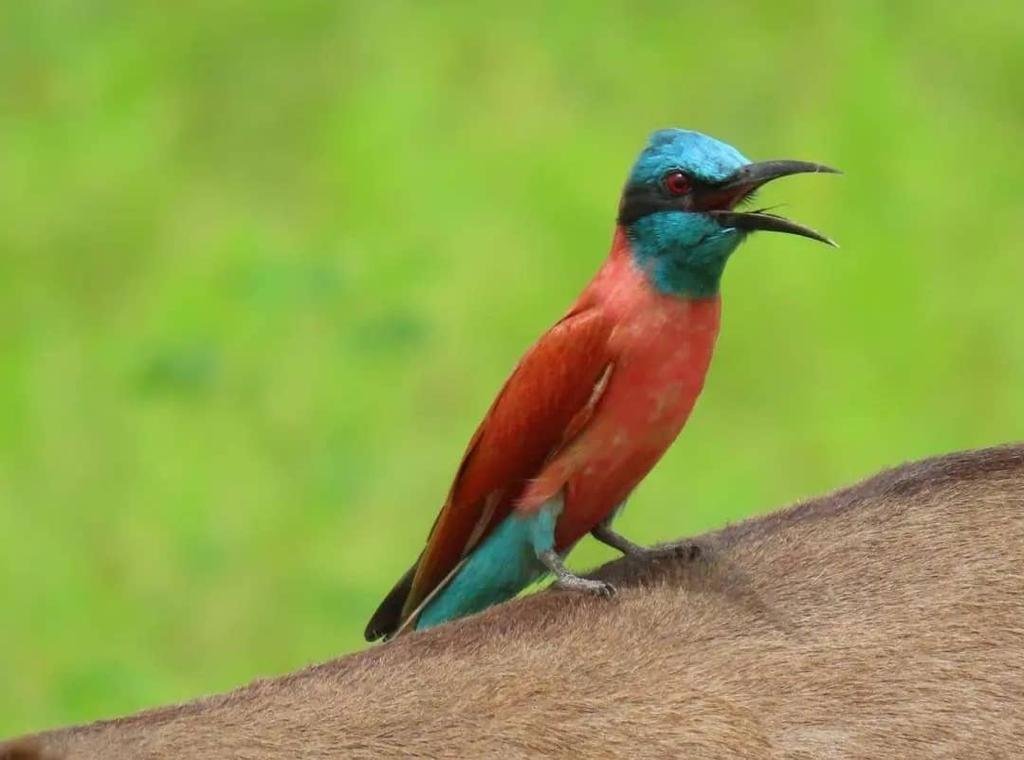
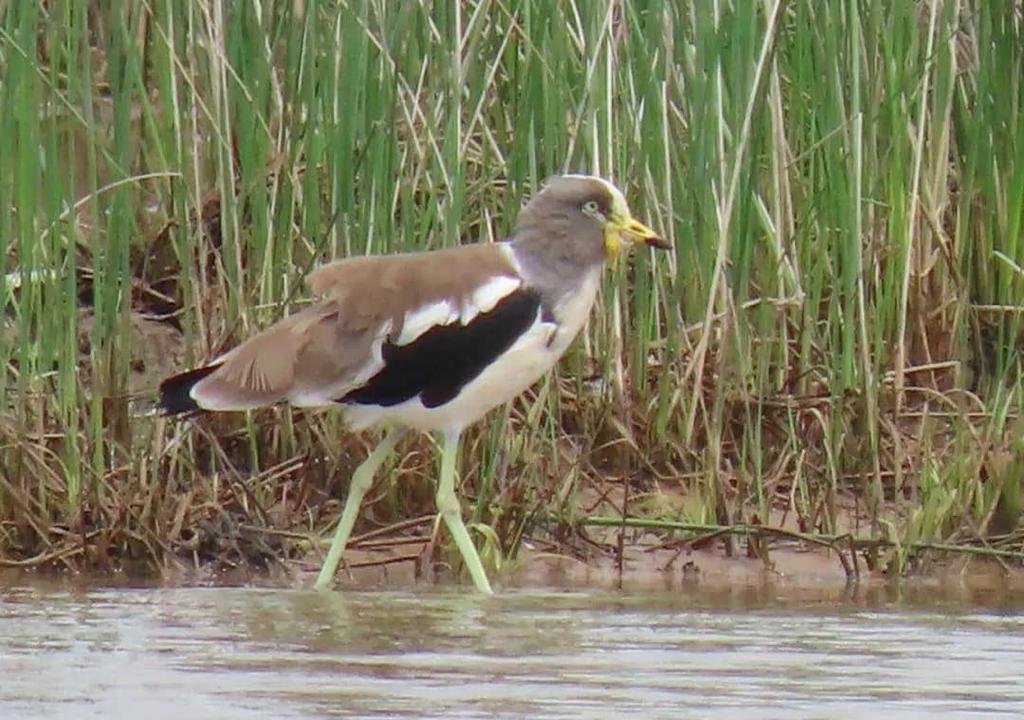
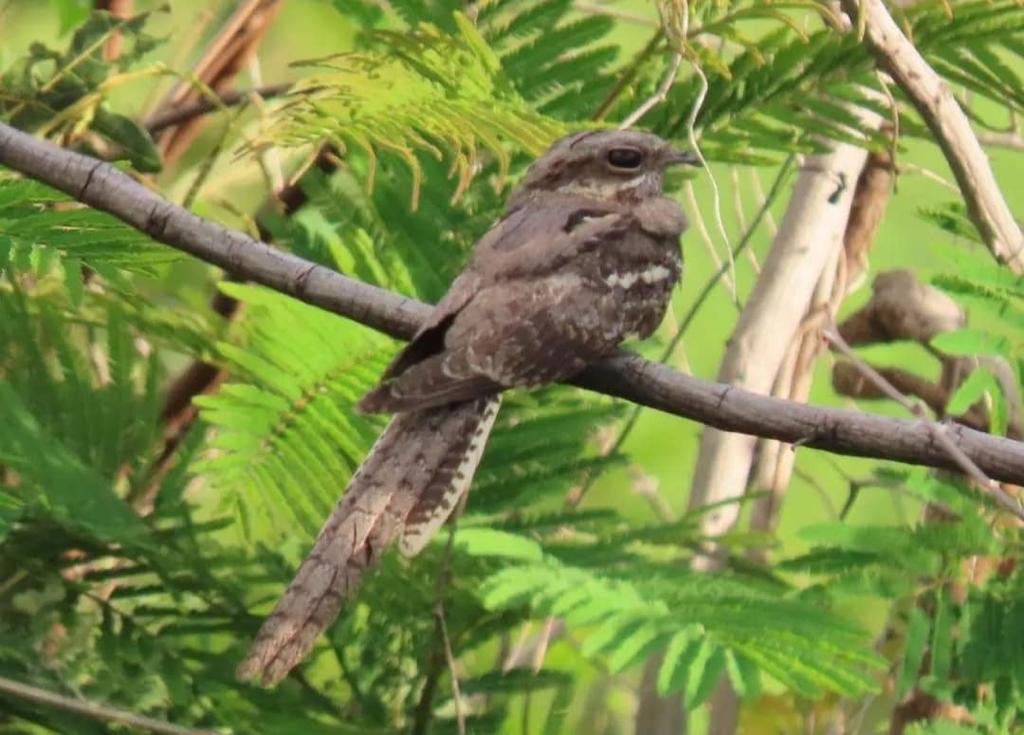
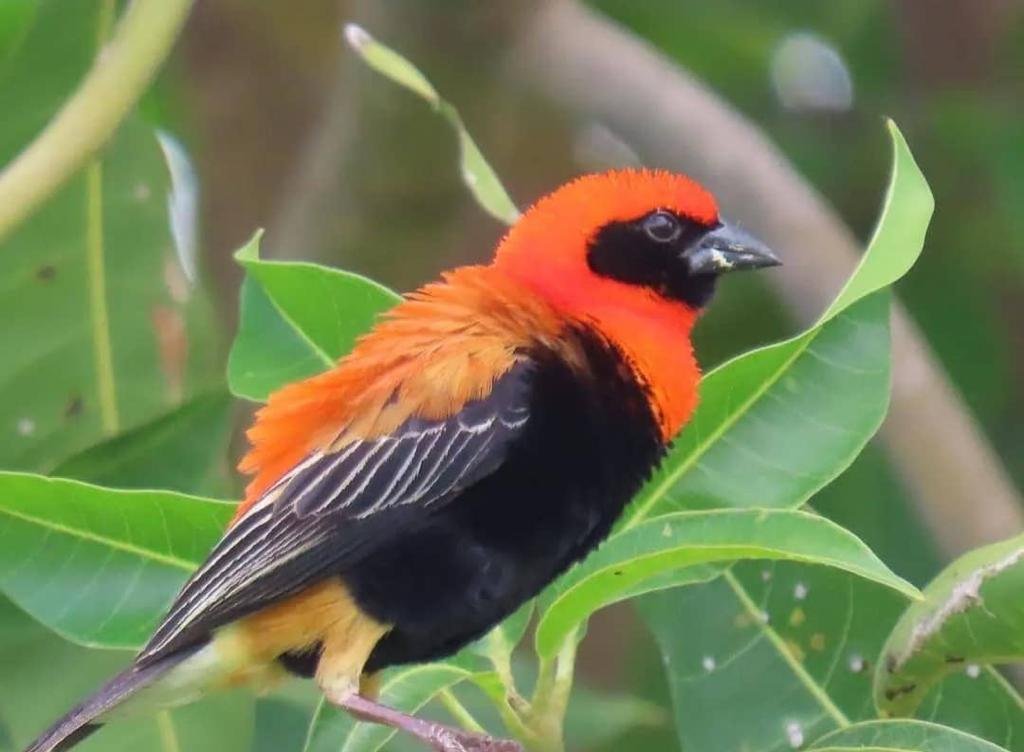

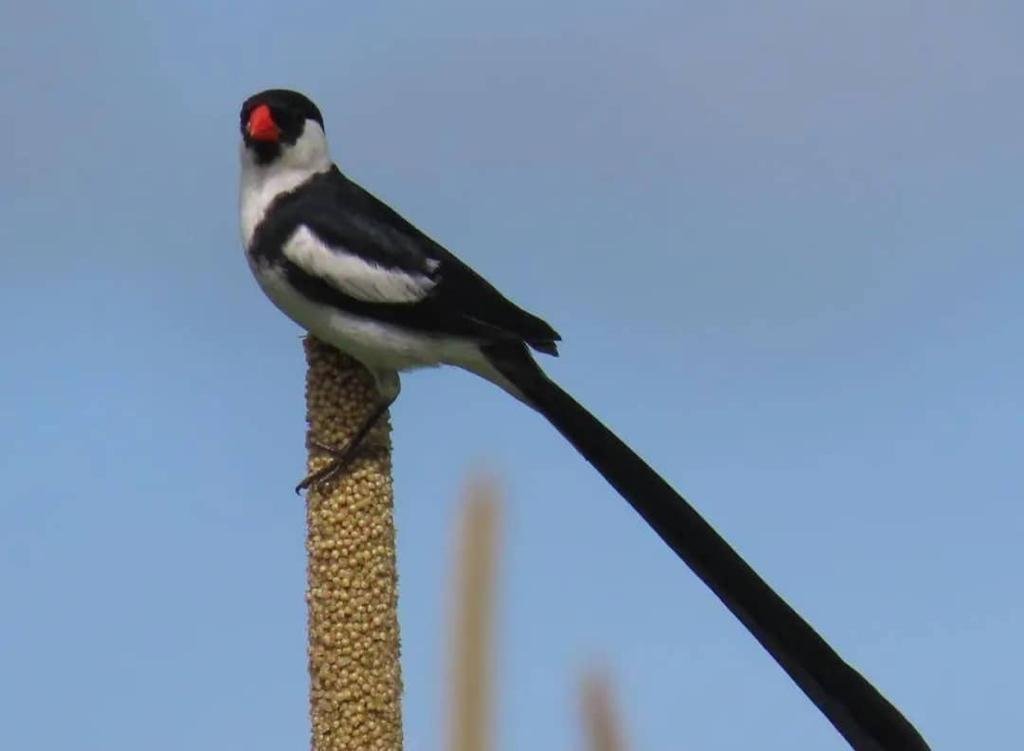
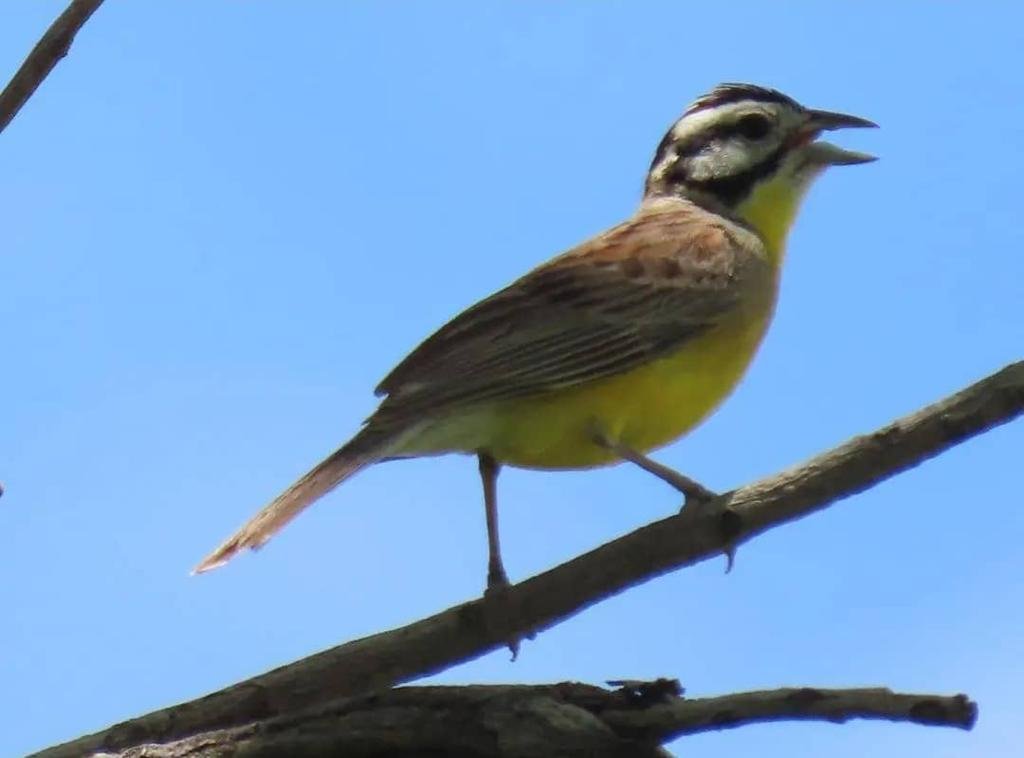
The Inland Area.
The majority of the bird species found on or near the coast also inhabit the inland area of The Gambia to the east. The inland area, however, offers a vast freshwater environment that is quite different from the coast, anchored by the fantastic River Gambie; certain species are more easily seen in this area or are exclusive to this area. Such species include Black-crowned Crane, Abyssinian Ground Hornbill, Egyptian Plover, White-crested Tiger Heron, Red-throated Bee-eater, African Finfoot, and Pel’s Fishing Owl. Also, the area north of River Gambie offers some dry-country birds of the “Sahel” such as Sahel Paradise-whydah and Savile’s Bustard. The inland area also offers excellent mammal-viewing, as species such as hippos and chimpanzees are frequently seen.
Some of the popular spots include the following:
Tendaba Camp, which is conveniently situated near the Bao Bolong Wetland Reserve and Kiang West National Park, famous for the boat trip taken from the camp.
Morgan Kunda Lodge, which is situated north of the River Gambie, with access not only to the river, but also to the neighboring farmlands, village lands, woodlands, and gallery forests
Georgetown, a historic town surrounded by secluded woodlands, agricultural fields and, gallery forests.
Are you ready for your birding Gambia tour?
If you have any questions don’t doubt to ask Ansu. He is ready for your questions and your bookings for your birding Gambia and Senegal tours.
